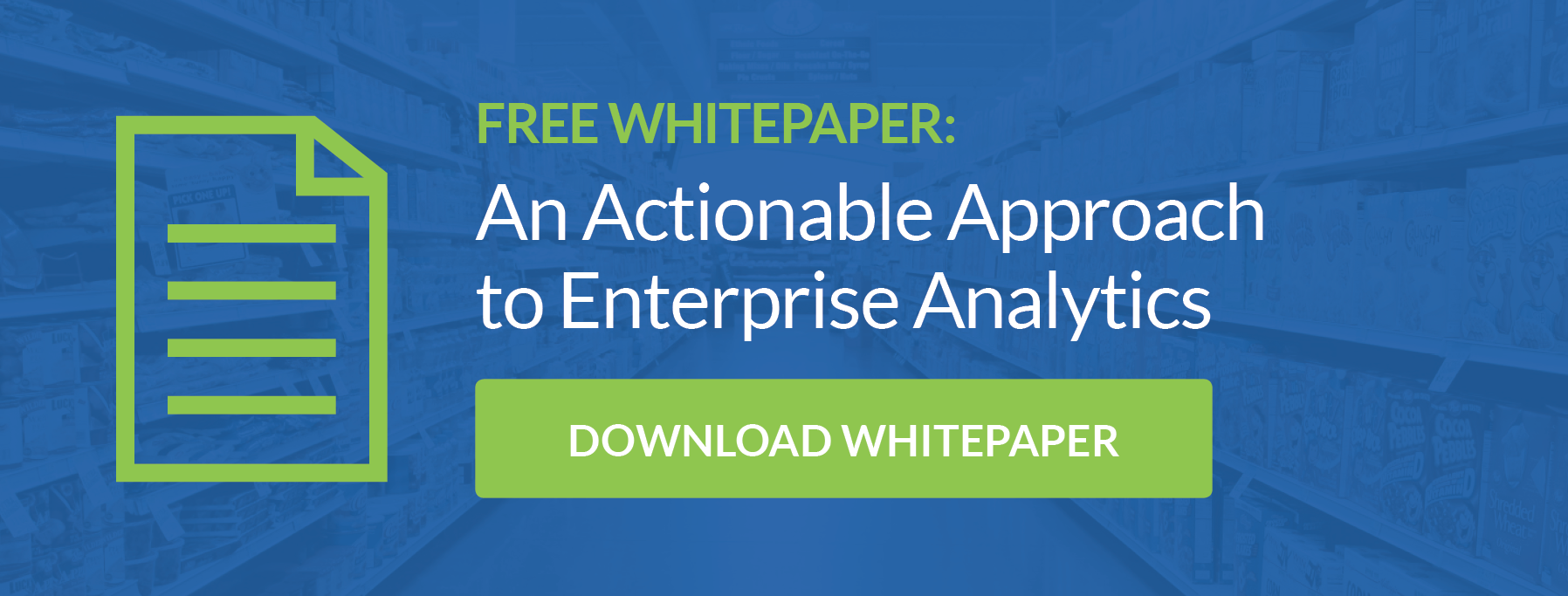As 2018 begins, B2B companies are looking at ways to enhance business intelligence and retail analytics to help streamline operations and increase efficiency. As the world of scalable retail analytics, B2B mobile payments, big data and artificial intelligence combine, below are 8 retail analytics trends you will see continue to grow in 2018.

1. Using Analytics to React Quickly
Retail analytics has progressed to the point where you can get sales numbers days, hours, or even minutes after they happened. Retailers who use this real time information to react quickly to changes in their business will be ahead of the game in 2018. Our software empowers retailers to get far more out of their Direct Store Delivery supply chain, with far less effort.
2. Predictive Analytics
It isn’t enough to only use what has happened in the past to make decisions in today’s retail environment. Retail Analytics solutions that can use historical data to make future predictions about sales, inventory position, and consumer demand will be at a premium in 2018.
3. Customer/loyalty data (hyper targeting)
The amount of customer data available to retailers from loyalty programs, mobile shopping, and other channels has grown massively in recent years. In 2018, retailers who can use this data to “hyper-target” customers will be more visible to shoppers in and increasingly noisy shopping environment.
4. Omni-channel (Omni-channel procurement)
The ways customers shop has changed. A consumer can opt for delivery, order online and picks up in store, or the traditional brick and mortar experience. As such, retailers should use DSD analytics to pay close attention to their mix of business coming from each channel and adjust their inventory strategy off of that.
5. Convenience is Key
Convenience used to be a luxury in retail that only applied to certain product types or was an expense that shoppers had to be willing to pay for. In 2018, customers will demand convenience at little to no cost to them no matter what product they are buying. Retailers that can leverage retail analytics solutions in order to analyze how easily a customer can purchase and how quickly they can get product to a shopper will have a leg up.
6. Return on marketing investments (ROMI)
When making an investment in marketing, every dollar spent (if not more) is one you would like to get back through customer purchases. In years past it was difficult to determine if this was actually happening. These days, advanced DSD retail analytics can tell your team exactly how much ROI was generated from a marketing spend so you can eliminate tactics that didn’t move the needle and invest more in the ones that do.
7. Shopper behavior insights
Remember how important convenience will be in 2018? The first step in creating a convenient shopping experience is understanding how customers shop. Advanced retail analytics software can now give you insights into how customers are navigating your store (or website), what items are typically purchased together, and what times of year demand is highest for certain products.
8. Pricing strategy/execution
A common assumption in today’s retail industry is that “the lowest price always wins”. There is no denying that is true in many situations, but not all. Using analytics to help identify your pricing “sweet spot” can be the difference in competing profitably versus competing at a loss.
Once you have landed on what your pricing “sweet spot” is there is nothing more frustrating than that strategy not being executed. DSD analytics in 2018 will allow you to monitor the execution of your pricing strategy so you can be competitive in all channels at all times.
iControl’s collaborative analytics solution offers exactly this. It provides a normalized, harmonized, and secure web portal where critical trading information can be shared. iControl helps you to analyze product orders and allows retailers and trading partners to proactively evaluate past in-stock performance. We also provide forecasted inventory levels with alerts that anticipate expected out-of-stocks.
To learn how the iControl suite of solutions can help your business make better merchandising decisions, contact us today.
